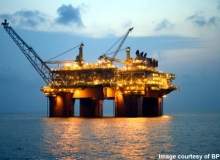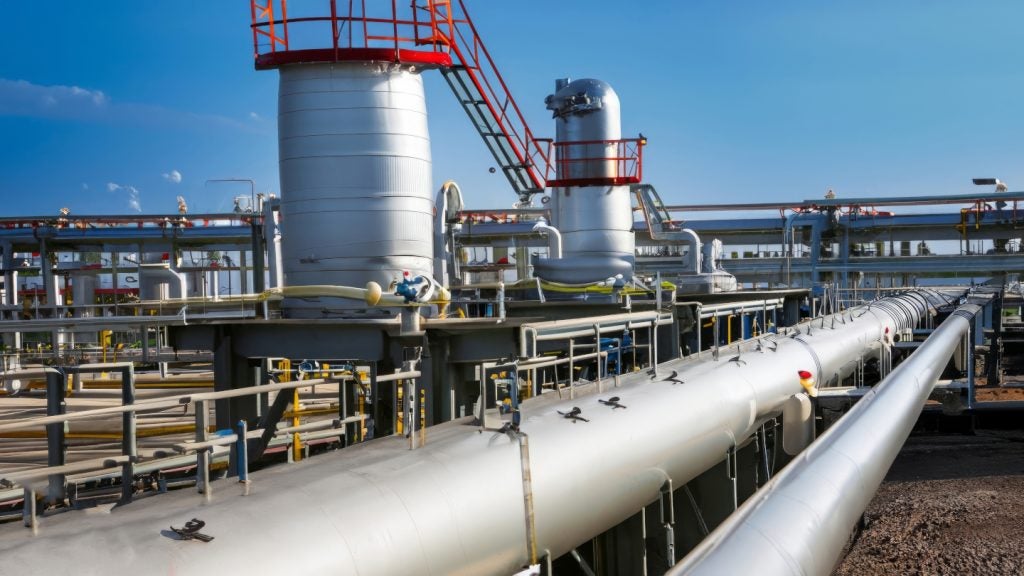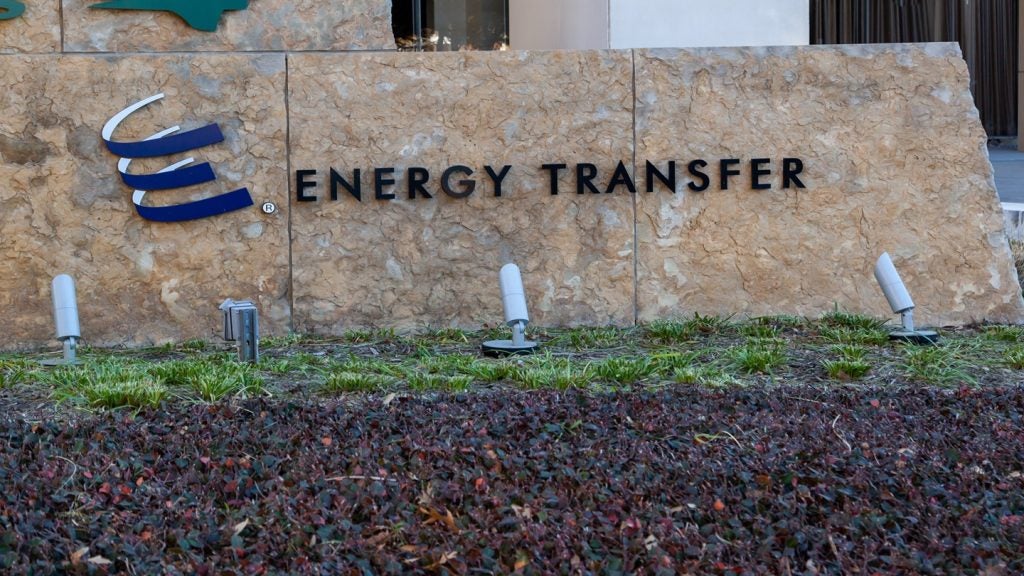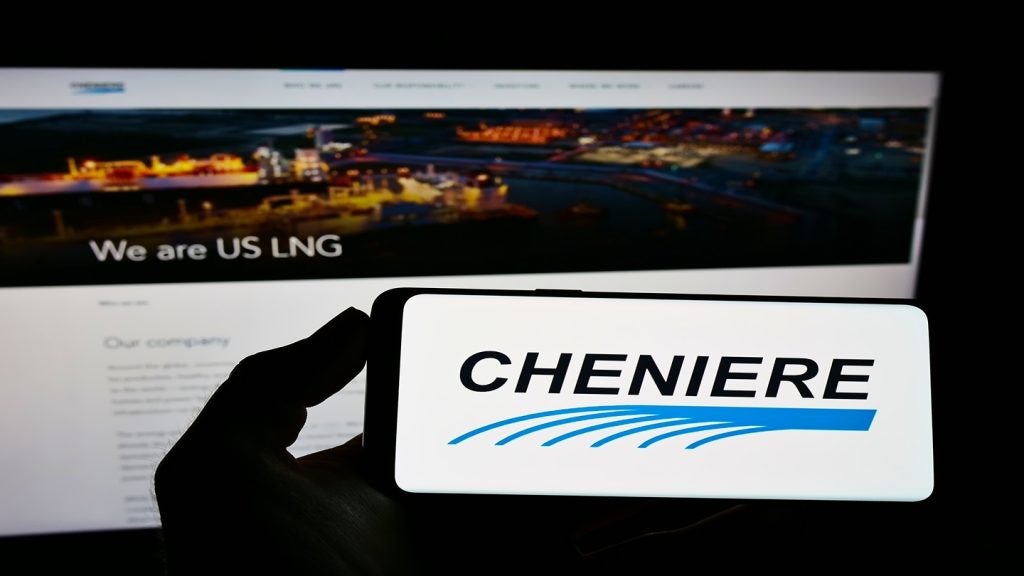
The World’s Deepest Offshore Oil Rigs
As new oil resources become scarce, offshore companies are beginning to tap the very deepest deposits. Offshore-technology.com plumbs the depths to reveal the technology behind the world’s deepest offshore oil rigs.
Chevron’s Petronius platform
Chevron‘s $500m Petronius platform is situated about 130 miles (208km) southeast of New Orleans. It is located in water depths of 1754ft (535m). The field, discovered in 1995, contains estimated recoverable reserves of 100 million barrels of oil equivalent.
The rig is a compliant tower and is the largest freestanding structure in the world at 2,010ft. In fact, it is taller than the Eiffel tower.
The compliant tower design was chosen for its ability to withstand hurricane conditions and operate in depths of 2,000ft (610m). The compliant tower design enables it to move within an envelope of 25ft sway (7.6m), and a 10ft (3m) rotation sway at the surface.
The total weight of the structure, including two tower sections, a foundation template, piles and conductors is 43,000 tons. The jacket supports topsides of 7,500 tons and houses the necessary process equipment needed for a production capacity of 60,000 barrels of oil and 100 million ft³ of gas a day.
However, there can be logistics / assembly problems in the construction of such structures, as was revealed, when the onsite constructors dropped one of the production modules worth $70million into the sea. Due to the difficulties of recovery, the module along with a huge investment was lost.
How well do you really know your competitors?
Access the most comprehensive Company Profiles on the market, powered by GlobalData. Save hours of research. Gain competitive edge.

Thank you!
Your download email will arrive shortly
Not ready to buy yet? Download a free sample
We are confident about the unique quality of our Company Profiles. However, we want you to make the most beneficial decision for your business, so we offer a free sample that you can download by submitting the below form
By GlobalDataCNOOC981
In May 2011, China’s National Offshore Oil Corporation (CNOOC) launched a semi-submersible oil rig designed to operate in depths of up to 3,000 metres under the ocean and drill to depths of 12,000 feet in locations distant from the shore.
It cost CNOOC some $1billion, weighs 31,000 tons and its deck is the size of a football field.
This rig is designed for both drilling and production and is the first of several semi-submersible rigs to be constructed to access oil and gas bearing strata in the much-disputed South China Seas.
Such rigs are ideal for waters with depths of greater than around 120 metres and which are distant from land.
Adopting a deep water semi-submersible design rather than a fixed one, allows China to exploit oil and gas fields located more distant from its home. At the same time the size of the rig helps address the various stability issues that face rig operators of vessels working in tough sea conditions remote from home. Previously China had rigs that could only operate in 500 metre seas.
Shell’s Perdido Spar
Shell’s Perdido Spar is the world’s deepest direct vertical access Spar. Its designers faced several technical challenges, these included constructing and delivering a rig that could operate where the ocean is 8,000 feet (2,383 metres) deep. Due to it being 200 miles off the Texas coast, it has an extra-large helipad to evacuate crew to the nearest rig 60 miles away.
The Perdido Spar consists of a large-diameter, 118-feet (36-metre), single vertical cylinder and truss structure 555 feet (169 metres) tall, supporting a large open-truss production / drilling topsides. It is secured using polyester mooring lines.
Should these lines break, it is unlikely that the rig will topple over owing to its design. Perdido acts as a regional hub managing 22 oil and gas wells within a 15 Kilometre radius of the rig.
In order to deal with the difficulties of highly fractured reservoirs, low temperatures and low pressure, Perdido utilizes subsea separating and boosting. This enables improved recovery by removing about 2,000 psi of backpressure from the wells. Liquids are separated from the gas at the seafloor, then the oil and water are pumped by insulated compressors and pipes to the surface.
Baldplate platform
The Baldpate platform is a 1901.9 feet tall (579.7 metres) offshore compliant tower oil platform near the coast of Louisiana. It is also one of the tallest freestanding structures in the world. However, 1,602ft of this structure is hidden by the sea in which it stands.
Total output from seven production wells is estimated at 50,000b/d of oil and 150,000MMSCFD of gas. Due to the high pressures associated with the Baldplate fields of above 10,000 psi, operators have installed 15,000 psi working pressure wellheads.
However, due to the need to withstand tropical storms and hurricanes, the Baldplate platform consists of a compliant tower, configured with axial tubes (two at each of the four legs of the tower section) and an articulation point that governs the dynamic characteristics of the structure.
Being ‘compliant’, the tower is designed to be more flexible than conventional platforms and has a sway-response cycle, if subjected to a storm wave, of approximately 30secs. Such a long period makes the tower less sensitive to hurricane force winds and waves and it allows a sway of up to 10ft laterally during storms which are a frequent occurrence in the hurricane season.
The Atlantis platform
BP‘s Atlantis platform is currently the deepest moored floating dual oil and gas production facility in the world weighing in at a hefty 58,700 tons. It is also one of the largest. BP is the operator of Atlantis with 56% ownership, while its partner in the venture, BHP Billiton, has a sizeable minority 44% working interest.
This platform is located 190 miles south of New Orleans in 7,070ft (2,150m) of water. Atlantis finally produced its first oil in October 2007. Atlantis has a production capacity of 200,000 barrels of oil and 180 million cubic feet of gas a day.
The field has an estimated life of 15 years and oil reserves of 635,000 million barrels of oil equivalent. Keeping on station while drilling is a problem, which is met by using GPS guided thrusters to maintain position.
The Atlantis platform is an integrated semi-submersible design, with the Production Quarters (PQ) platform supported by a separate dedicated Mobile Offshore Drilling Unit (MODU). In addition to the semi-submersible platform, field development uses a network of wet-tree subsea wells – with the potential for more than 18 to be tied back to Atlantis. It uses the links with the existing pipelines to deliver output to onshore.







